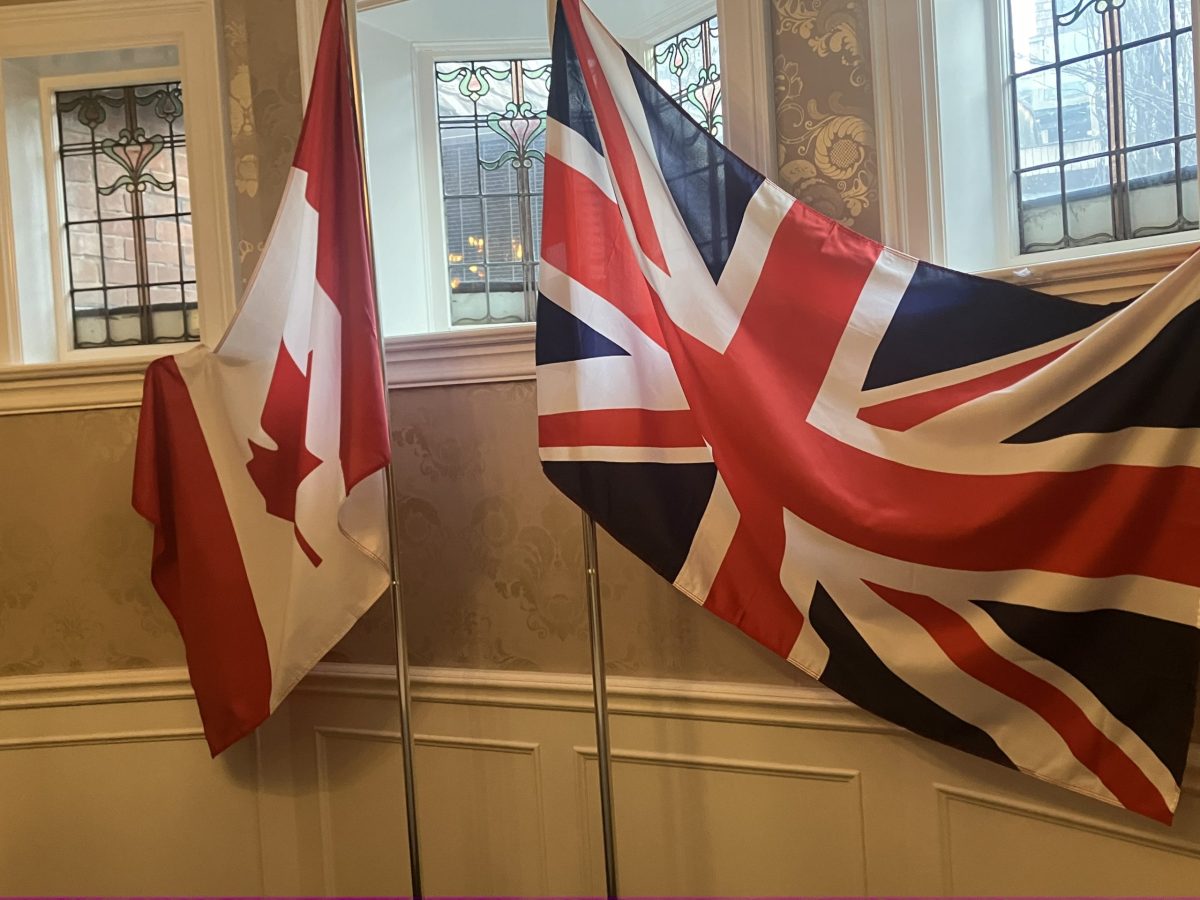
WWW.CANADIANARCHITECT.COM
Canada and the UK sign new reciprocity agreement
A mutual recognition agreement (MRA) was signed between the UK’s Architects Registration Board (ARB) and Canada’s Regulatory Organizations of Architecture in Canada / Regroupement des Ordres d’Architectes du Canada (ROAC) in Toronto on April 23, 2025.
The agreement will go into effect on May 14, when eligible architects who are registered in the UK or Canada will be able to benefit from a streamlined process to practise their profession in the two countries, which will create new opportunities across the Atlantic.
“The agreement opens significant new opportunities for architects in the UK and Canada to collaborate, building on the strong professional partnerships that already exist between the two countries. It will at the same time maintain the high standards the public have a right to expect. We are so very excited to see the new route open in May,” said Alan Kershaw, chair of the Architects Registration Board.
According to the Architects Registration Board (ARB), in both Canada and the UK, an architect must be registered with the relevant professional regulator to practise architecture in the jurisdiction as well as to use the legally protected title. “Registration exists to ensure anyone calling themselves an architect has the appropriate skills, knowledge and experience, while meeting the required standards of conduct and practice,” says the board.
Eligibility requirements include the following:
Those who have obtained CACB-accredited qualifications, or who have achieved the same standard following certification, and who have additionally completed the Canadian experience requirement and licensing examination.
Those in the UK who have obtained ARB-accredited qualifications and registered with the ARB.
The agreement also includes those who have registered through passing the Prescribed Exam at Part 1 and Part 2 level and additionally completed a UK Part 3.
The streamlined process will involve obtaining a letter of good standing from the regulatory body in the architect’s home country (ie from ROAC in Canada, or the ARB in the UK) and completing an approximately two-hour-long online or printed module highlighting differences in practice between the two countries.
An ARB representative explained that applicants would be expected to know, for instance, that different cities in Canada have different planning regulations, but would not be not be tested on the content of those regulations, nor of the building code.
The streamlined process applies to all areas of Canada, including Quebec, where there is no French language test as part of the process.
From the Canadian end, the AIBC will be administering the process on behalf of ROAC.
“This agreement further strengthens the longstanding and historic relationship between the UK and Canada, as Commonwealth partners,” said Ian R McDonald, chair of the Regulatory Organizations of Architecture in Canada/Regroupement des Ordres d’Architectes du Canada.
ARB’s role in developing the MRA was in part supported by funding through the UK Department for Business and Trade’s Recognition Agreements Grant Programme. The ROAC’s role, through the Architectural Institute of British Columbia (secretariat for the MRA), was in part supported by the Province of British Columbia’s Credential Assessment Improvement Fund.
Existing MRAs
According to the Ontario Association of Architects (OAA), a similar MRA between Canada, Australia, and New Zealand came about because of the three countries’ participation in the Asia Pacific Economic Cooperation (APEC) Architect Project. All three countries maintain an APEC Architect Register of senior architects who have met specific criteria such as having at least seven years of senior experience.
“As a result of the MRA, an APEC Architect in Australia or New Zealand is entitled to registration in Canada as of right, apart from being assessed about any aspects of the architectural process in Canada that is specific to Canada. The same applies for a Canadian APEC Architect applying for registration in Australia or New Zealand,” says the OAA.
Since 1992, architects registered in one Canadian jurisdiction may also apply to register in other Canadian jurisdictions under the terms of the Canadian Reciprocity Agreement between the eleven Regulatory Organizations of Architecture in Canada (ROAC).
The Ontario Association of Architects (OAA) has been closely monitoring Nova Scotia’s Bill 36, Free Trade and Mobility within Canada Act, 2025, intending to remove barriers to trade and investment between Nova Scotia and other reciprocal provinces and territories. It has written to the Ontario minister responsible, recommending that “government could consider exempting Architects from this legislation as the profession already enjoys longstanding reciprocity across Canada.”
There is also a reciprocal arrangement between Québec and France that allows individuals with licenses to practice a regulated trade or profession in either Québec or France to also work in the other jurisdiction. This agreement aims to facilitate the recognition and mobility of professionals between the two regions.
Since 2014, a reciprocity agreement has been in place between architects in Canada and in the United States.
The agreement between Canada and the UK was signed at a reception hosted by the British Consulate-General in Toronto.
The post Canada and the UK sign new reciprocity agreement appeared first on Canadian Architect.
0 Comentários
0 Compartilhamentos
15 Visualizações


